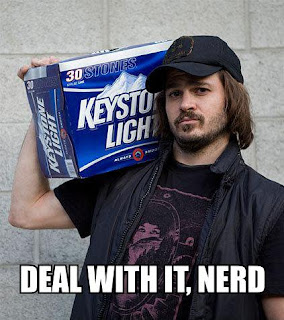Abstract: Galileo Performed a test that proved there was a relation ship between the distance an object falls and the square of the travel time. We recreated his test and came up with the same findings.
Galileo Galilei (1564-1642) was an Italian physicist, mathematician, astronomer, and philosopher. He is well renowned for his improvements on the telescope, and his work with kinematics. One of his kinematic experiments showed that the distance a ball would fall in a given time was proportional the the square of that time. Galileo had no way to accurately time an object falling under normal conditions so he rolled a ball down a ramp so that he could control the conditions of the drop with ease. The ramp effectively reduced the acceleration of the ball so that the “fall” was at a slower rate.
Before I get any farther, here are some equations to reference:
Velocity = Change in position / Change in time (v=Δx/Δt)
Acceleration= Change in Velocity/ Change in time (a= Δv/Δt)
Galileo's finding:
Distance traveled while falli (is proportional to) Time taken squared (d∝t²)
MATERIALS
To affirm Galileo's findings My group and I gathered:
A pencil to mark of the testing distances on the ramp
A meter stick to measure out distances on the channel
An object to elevate the channel (Such as a book)
PROCEDURE
Using a handy dandy physics text book My team and I elevated the aluminum ramp. Then we took the meter stick and marked off points at 20cm, 40cm, 50cm, 60cm, and 80cm. Next we took our ball and did 3 drops at each distance, measuring the time it took for the ball to reach the end and averaging the times of the 3 trials.
DATA
CONCLUSION
According to our data, save one error, we got the same kind of results that Galileo would have gotten. Where the distance the ball traveled is proportional to the time traveled squared.
So although the distance vs. time graph is shown to be exponentially increasing, thus showing increasing velocity. The graph of the distance vs. time squared graph shows a linear relationship, meaning that the distance traveled per second is increasing at a steady rate. In other words the velocity is steadily increasing.
Velocity increasing at a steady rate? If you were thinking that sounded a lot like an acceleration you would be absolutely correct!

